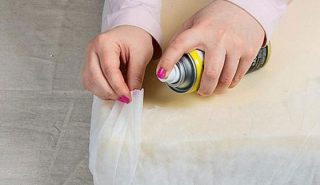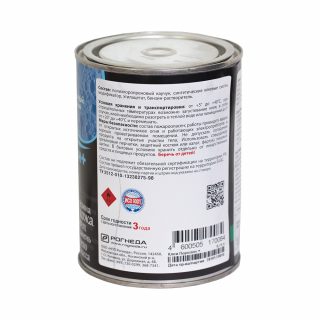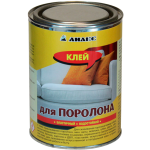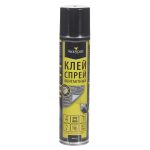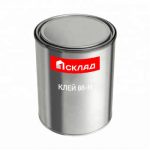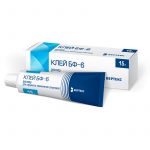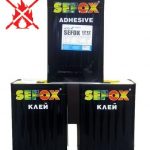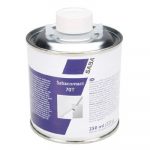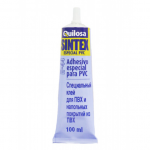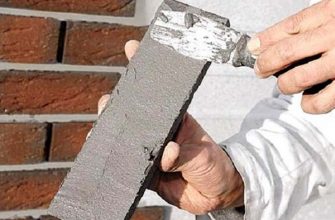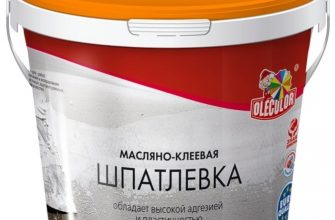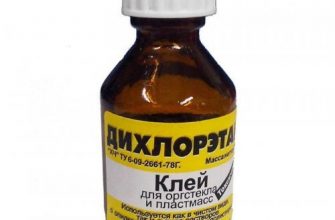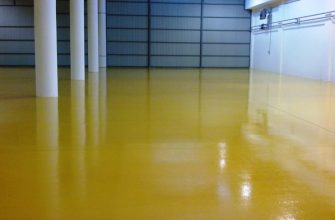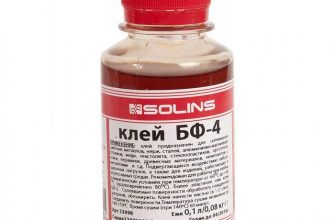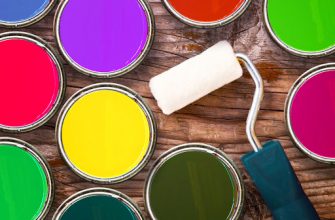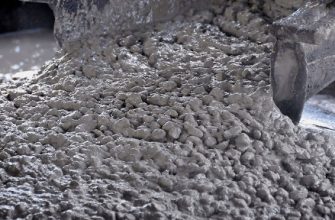When bonding different materials, consider the nature of the surface, the strength requirements of the bond and the expected service life. Therefore, they produce adhesives designed to work with metal, plastic and such a loose and demanding material as foam rubber.
Characteristics of glue for foam rubber
The structure of the seal eliminates the possibility of pressing, so that bond strength depends only on the adhesive composition... In addition, the looseness and elasticity of the material must be maintained. This problem is solved in different ways, most often, using quick drying mixtures.
Foam rubber is not afraid of water. It is used as a heat insulator for indoor and outdoor work. Unlike mineral wool, it does not need thorough waterproofing. The material dries on its own, which cannot be said about the glue. So that the composition must be waterproof.

Composition requirements
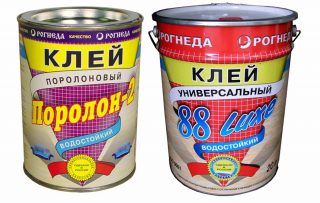
The adhesive mixture for foam rubber is presented the following requirements.
- Viscosity and elasticity - the liquid glue will flow and be absorbed into the foam rubber. The substance must be thick and homogeneous to ensure the same tension along the seam line.
- Drying speed - the foam is porous, so fast-setting compounds are needed to work with it. At the same time, there should be a margin of time for a couple of minutes to correct errors.
- One-component - for such operations, it is unprofitable to use two-component mixtures with a hardener.
- Color - important when upholstering furniture. The dark color of the glue will be visible through light and thin fabric.
- Safety - the composition should not contain trichloroethane. The compound is harmful to health and affects the foam rubber negatively.
The easiest way is to choose glue for foam rubber based on a simple conclusion: like for like. Polymer-based compositions are ideal for polyurethane foam - styrene-butadiene, polyurethane, neoprene.
Structure
- Astringent - polyurethane, neoprene, butadiene, synthetic rubber. Natural ingredients are not suitable, as they do not provide a quick setting and affect the properties.
- Solvent - the faster it evaporates, the better. The shortest drying time for aerosol forms. The safety issue is also taken into account: water-based glue is the most economical and harmless.
- Additives - plasticizers, polymerization inhibitors, modifiers that increase frost resistance, etc. They determine the special properties of the mixture.
Interior adhesive must not contain trichloethane or toluene. This is a prerequisite.
Forms of issue
Foam rubber is used in different jobs, so the glue for it is produced in different forms.
- Standard form - a viscous thick solution, ready to use. Apply with a roller or brush.It is used for a large amount of work, but light enough.
- Aerosol - diluted adhesive in pressurized cylinders. This shape is for a glue gun. The nozzle is attached to the cylinder and a large area is sprayed with the solution. This option is more convenient when working with vertical surfaces. The adhesive is applied in a thin, uniform layer and provides an excellent bond.
- Spray - aerosol form, but with its own dispenser. The cylinders are small, this shape is more convenient for small home repairs.
The packaging is varied. The glue is packed in jars, cans, bottles of different sizes.
Varieties of glue

Adhesive for gluing foam rubber is made based on synthetic polymers... Their characteristics and indicators of the filler determine the properties of the formulations and their purpose.
- 88-P2 or Foam-2 - made on the basis of polychloropropylene rubber, adhesive resin and ethyl acetate. Forms an elastic, strong seam, quite resistant to moisture. It is used for gluing foam rubber sheets together and for gluing to a base made of chipboard, fabric, cardboard, rubber, polystyrene and even primed metal.
- 88-H - furniture or joinery. Designed for joining foam and wood, plywood, plastic.
- Syntex - provides a thin seam, the primary setting period is 5-15 seconds. Available in cylinders, cans, tubes. Used for laying material on textiles, wood, metal.
- Sefox - aerosol form, but also available as a solution in cans. Astringent - synthetic rubbers, solvent - solvent. It is applied with a spray gun in a very thin layer. The adhesive is economical despite its high cost. It is used for gluing foam rubber with plastic, drywall, wood, metal, felt.
- BF-6 - allowed in the manufacture of furniture. However, the surface must be wetted before pasting, so the glue is applied in 2 layers: thin for wetting and thicker for gluing.
- Saba - produced in cans and applied with a glue gun. Provides high bond strength. Resistant to low temperatures.
It is necessary to distinguish between the compositions for the purpose. In the manufacture of upholstered furniture and for fixing thermal insulation on the outside walls, different adhesives are required.
Criterias of choice
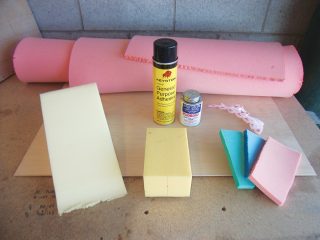
The main determining factor is the nature of the work. The indicators by which the suitability of this or that glue is assessed are as follows.
- Short drying time Is a mandatory requirement. Foam rubber absorbs moisture, if the adhesive dries for a long time, part of it remains inside the material. This results in a loss of quality.
- Smell - it is unacceptable to use in the manufacture of furniture or toys mixtures with a pungent or long-fading odor. For outdoor work, this parameter does not matter.
- Water resistance - regular furniture glue is needed to assemble the sofa. For laying thermal insulation on walls in a bathroom or garage, moisture-resistant compounds are taken.
- Frost resistance - for finishing facades made of aerated concrete, bricks, as well as when insulating unheated rooms, a composition that is resistant to cold is needed.
Aerosol adhesives are preferred. They are more economical.
Recommendations for use
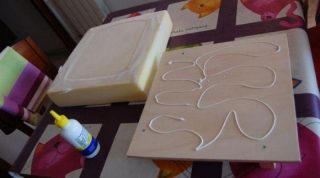
When bonding porous materials, the following guidelines should be observed.
- The surface - wood, plastic, metal - is cleaned of dust and dirt and, if possible, degreased. In this case, acetone cannot be used.
- It is better to cut the foam rubber with a knife to get even edges.
- Dry the surface before pasting. If necessary, take a building hairdryer for this.
- Apply glue in accordance with the instructions, strictly follow all instructions.
It works best in a well-ventilated area, even if the adhesive is odorless. It is recommended to wear gloves and a mask.

